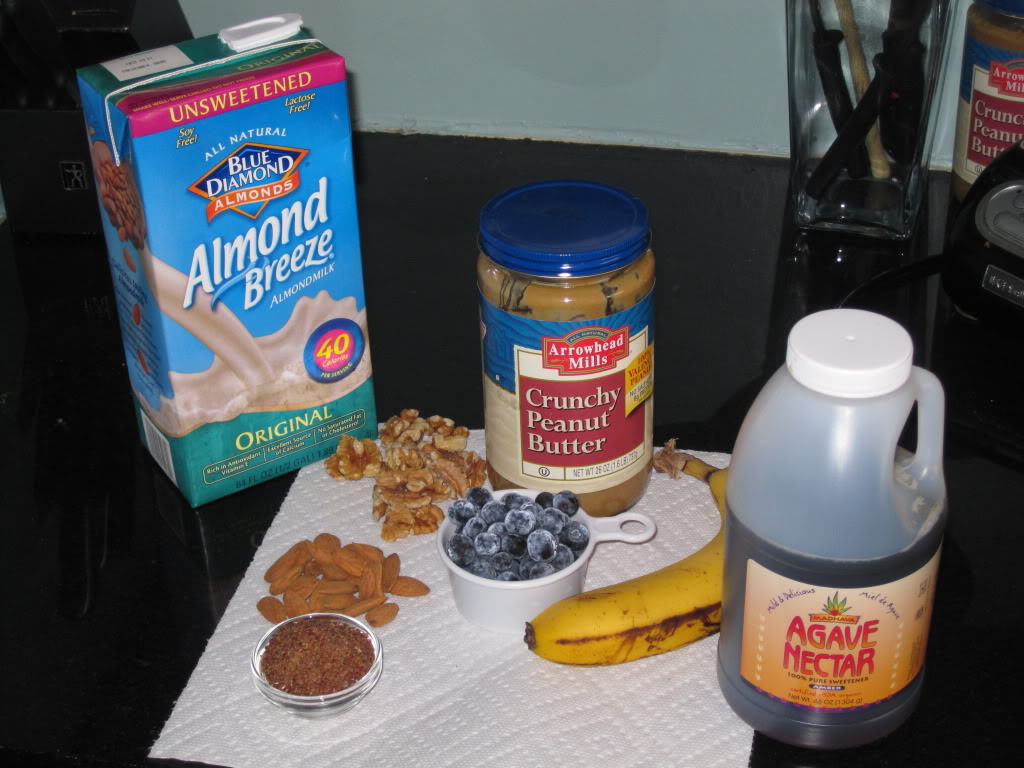Did you know that humans are the only species on that planet that 1) drink the breast milk of another species, and 2) continue to consume milk far past weaning age?
I certainly didn’t think about it like that until recently, but once I did, I got the heebie jeebies all over.
The practice of consuming the milk of other animals is actually a fairly recent phenomenon in human history, and our bodies aren’t built to handle it very well. After the first few years of life, we stop producing the enzyme lactase and lose our ability to digest lactose. It’s no wonder so many people have trouble digesting milk (let alone the milk of another kind of animal) past weaning age. What is often called “lactose intolerance” (the inability to digest significant amounts of lactose after weaning age) shouldn’t be thought of a disease. It’s the normal “condition” for most human adults–a whopping 75% worldwide–because adults aren’t babies, obviously, and no longer need to be able to digest milk
Like most people, I thought humans consumed cow’s milk to meet our calcium needs, but it’s believed that the amounts of calcium consumed by humans in the late Paleolithic era were more than double the intakes of today–with no cow’s milk at all. Humans evolved in a calcium-rich, salt-poor dietary environment, and our basic metabolism has changed little from that of our Stone Age ancestors.
Where did their calcium come from? Plants! That’s right, calcium-rich plant food! Calcium-rich foods that are widely available today include kale, collard greens, broccoli, mushrooms, green beans, seaweed, romaine lettuce, (the list goes on!) as well as beans, nuts, and seeds. There’s even some calcium in whole grains and fruits, which are already loaded with health benefits in their own right.
There are lots of plant-based milks and yogurts out there (I eat plain soy yogurt every morning for breakfast). Robert has started drinking almond milk, which he uses in his daily breakfast smoothie. Almond milk is delicious and nutritious. It’s free of cholesterol and saturated fat but contains omega fatty acids (that’s the good stuff). It’s rich in vitamins D, E, and A. It has high levels of magnesium, potassium, selenium and 30% of daily calcium needs in each cup. Robert absolutely LOVES this smoothie. He comes home from work every night and says something about how good his breakfast was.
Ingredients (top photo, from left to right):
Almond Milk
Walnuts
Peanut Butter
Blueberries
Almonds
Ground Flax Seeds
Banana
Agave Nectar
Sources:


